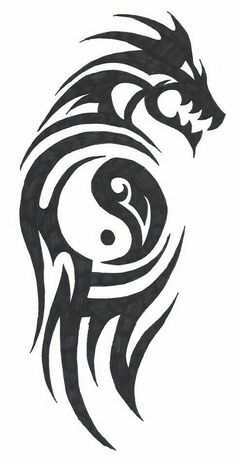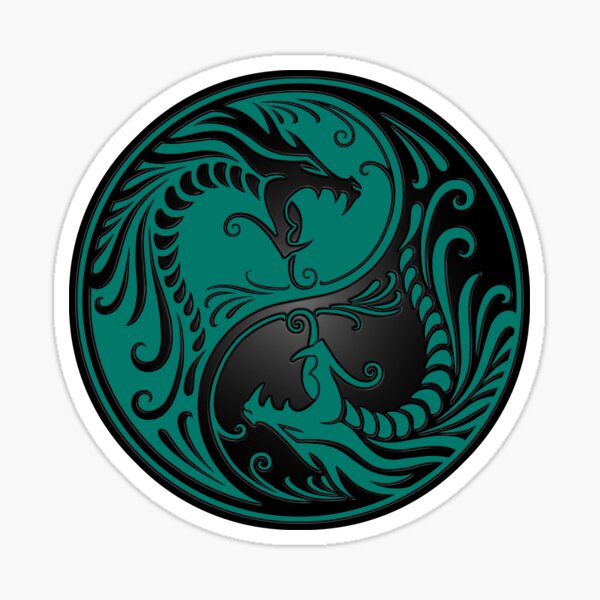

The Ba-Gua consists of the symbols for the Supreme Yang, the Lesser Yang, the Supreme Yin, and the Lesser Yin. In this respect, the Ba-Gua is different to most other religious or spiritual symbols, which tend to be simpler in design. The Ba-Gua, or the Eight Triagrams, symbol is a complex diagram that directly showcases a large part of the Taoist teachings. In the past, masculinity and femininity was represented by a dragon and a tiger/tigress. Of these two symbols, the phoenix is the more recent addition. These two creatures have also long been viewed as the symbols of the Chinese emperors and empresses. In fact, they are often viewed as a variation of the Yin and Yang symbol, as the dragon symbolizes masculinity, and the phoenix represents femininity. We are listing them together because they are usually spoken of in the same sentence. 2. Dragons and Phoenixesīoth of these mythological creatures have strong symbolism in Taoism. The symbol’s white and black shapes are often interpreted as “good” and “bad” as well as with a range of other dual concepts, such as femininity and masculinity, light and dark, and so on.Īlthough painted as a stationary object, the Yin Yang symbol is believed to be in constant motion, an ever-shifting fluid dance between the two opposites. The Yin Yang symbolizes the harmony between opposite forces and the duality of all things. It’s also often used in Confucianism which also focuses on achieving balance and harmony. The Taijitu symbol, commonly known as the Yin Yang symbol, is probably the most popular Taoist symbol and Chinese symbol in general.

That way, whenever a traveler approached a particular Taoist temple, they always knew exactly what the people in it believed. Instead of each Taoist school coming up with a different symbol for its denomination (like the different Christian crosses, for example) each school just flew a flag with the key diagram that the school followed. Taoists would fly triangular and rectangular flags with these diagrams over their temples and houses. While this teaching has a couple of “standard” symbols similar to what most of us understand as symbols, most other symbols in Taoism are charts and diagrams that represent the teachings of Taoism. Taoist symbols are unlike most symbols in other religions. This is the W u Wei teaching in Taoism which literally translates as action without intention.Īs a result of that, most Taoist symbols are centered around the idea of achieving balance with nature and being at peace with one’s surroundings. Unlike Confucianism, which also seeks to achieve harmony but through the following of tradition and a rigid ancestral hierarchy, in Taoism harmony is said to be achieved by focusing on the simplicity, spontaneity, and “naturalness” of life. Only through The Way, in Taoism, are people ever going to be able to achieve peace and harmony in their lives. This Tao is the source, the core pattern of the Universe which we all must learn to feel, recognize, and follow. Taoism or Daoism is a teaching of the importance of living in harmony with Tao (or Dao), i.e. Like other philosophies in Chinese culture, Taoism focuses much more on its written texts, thoughts, and parables than on just symbols.Įven so, there are quite a few fascinating symbols of Taoism that we can explore. They say what they represent, and they represent what they say without too many convoluted and hidden meanings.
#Yin and yang symbol dragons full
Originating from a rich tradition that’s been developed by multiple different schools, Taoism is also full of various symbols, many of which have been preserved to this day.Īs is the case with other religions and philosophical traditions from the Far East, most Taoist symbols are clean-cut and simple in their meanings.

Taoism or Daoism is one of the oldest and most significant religions, as well as spiritual and philosophical traditions in Chinese culture.


 0 kommentar(er)
0 kommentar(er)
